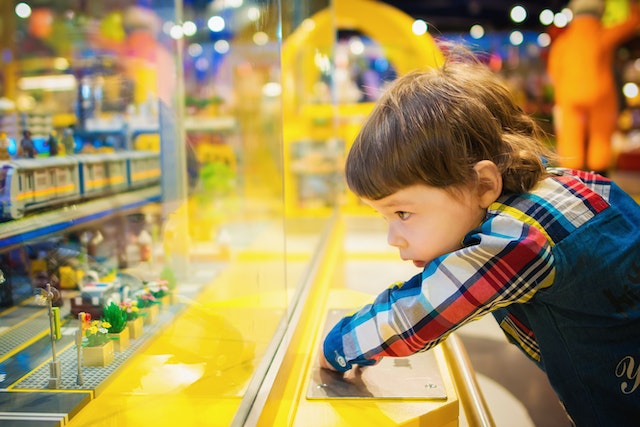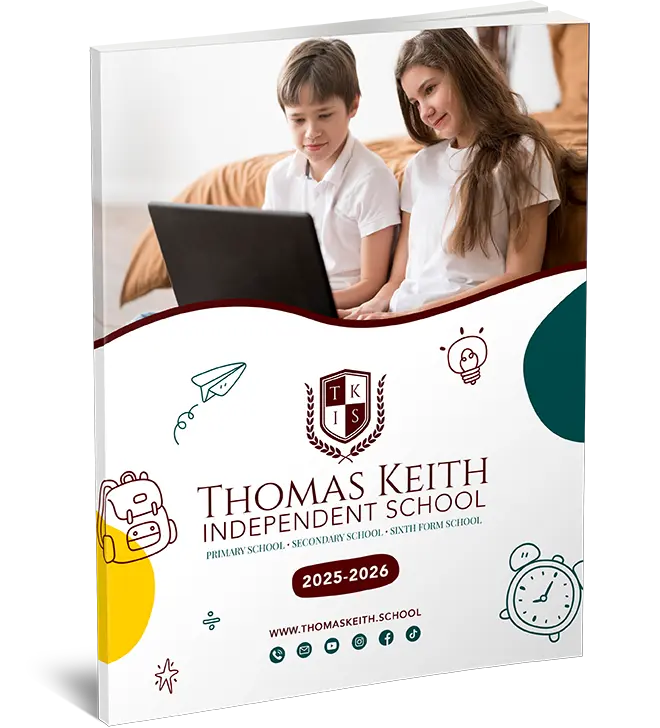Exploring Online Secondary Education Models
The secondary online education has grown and innovated recently. This blog will examine student-centred paradigms and methods.
Online learning has changed secondary education. Today, students have several options to suit their learning styles and circumstances.
Virtual schools, where students learn online, are popular. Students can interact with teachers and peers in real-time, encouraging active learning and collaboration.
Self-paced Learning empowers students. Here, students can focus on complex subjects while progressing quickly through familiar ones at their own pace.
Blended learning blends online and in-person education. This method promotes individualised learning while preserving face-to-face social connections.
Some online secondary education providers use the Flipped Classroom. Students access lecture materials and content online, freeing class time for debates, projects, and problem-solving.

Finally, the Microschool concept of small-scale, community-oriented online education is gaining popularity. Microschools provide small classes and personalised instruction.
In conclusion, online secondary education has changed to meet students’ unique requirements and choices. These models will evolve as technology advances to give pupils well-rounded, customised instruction.
Overcoming Online Secondary Education Obstacles
Online secondary education has many benefits, but students must face unique hurdles to thrive. This blog discusses frequent difficulties and solutions.
Online secondary education offers flexibility and accessibility. Navigating this virtual world takes time and effort. Let’s examine student challenges and how to overcome them.
Time Management: Students who create their timetables may need help with time management. Avoiding falling behind requires a daily routine, goals, and task prioritisation.
Self-Motivation: Staying motivated without teachers and peers is hard. Students should set goals, break them down, and reward themselves.
Digital faults are inevitable. Students must understand online learning technology and have backup plans for connectivity and device issues.
Online learning can cause isolation. Online clubs, discussion boards, and extracurricular activities can build community.
Home distractions make studying difficult. Creating a peaceful study place and emphasising uninterrupted study time for family members can reduce distractions.
Online teachers may take longer to provide feedback. Students should ask teachers for assignment clarification.
Screen Time: Too much screen time might cause burnout. Students must take breaks, exercise, and pursue offline hobbies to achieve a healthy balance.
Internet Dependence: Overusing the internet can impair critical thinking. Encouraging students to use books and other research channels can improve their learning experience.
Finally, online secondary education has immense potential, but students must overcome these hurdles to succeed academically and personally. Students can confidently navigate the digital world with clever tactics and support.
Online Secondary Students’ Extracurricular and Social Activities
Students develop holistically through extracurricular activities and social interactions. This blog will study online secondary students’ numerous extracurricular options, supporting social progress and personal fulfilment.

Secondary education’s extracurriculars enrich students’ lives and provide vital social and interpersonal skills. Online students have several extracurricular choices, offering a well-rounded education.
Virtual Clubs and Organisations: Students can join debating, creative writing, coding, and environmental clubs online. These clubs let students pursue their passions and meet like-minded individuals worldwide.
Science fairs, art exhibitions, and academic competitions are available through online secondary education. Students compete, collaborate, and create at these events.
Even online, community service is essential. Students might work with local or worldwide groups to improve society and acquire empathy and responsibility.
Virtual Sports and Fitness Programmes: Online platforms offer group workout sessions and virtual sports teams to keep students active and connected.
Online debates and discussions improve critical thinking and communication. Students can debate different subjects and improve their communication skills.
Language and Cultural Exchange Programmes: Online language and cultural exchange programmes allow students to communicate with classmates from other countries, fostering intercultural understanding and appreciation.
Virtual talent showcases and performances let students sing, dance, act, and perform. These events foster creativity and self-confidence.
Online mentorship programmes pair students with industry experts. Such encounters aid student growth.
Virtual Field Trips and Museum Visits: Virtual field trips and museum visits can expand online education. Students can virtually visit museums, historical landmarks, and scientific wonders.
Online secondary education does not restrict students’ extracurricular and social activities. Students can participate in various virtual platforms and innovative programmes that promote personal growth, skill development, and meaningful connections with peers and the global community.
Parents Supporting and Supervising Secondary Online Learning
Even in online learning, parents are essential. This blog will discuss how parents can help and oversee their secondary pupils online.
Parents’ involvement and support are crucial to their child’s academic achievement and well-being as secondary online education grows. Parents can actively manage their child’s Internet learning in several critical ways.
- Learning-Friendly Environment: Create a distraction-free home study place for online classes and assignments. Ensure the study space has a computer, stable internet, and relevant learning resources.
- Set realistic academic goals for your youngster. Understand their talents, weaknesses, and learning style to customise their instruction.
- Monitoring development: Check grades, assignments, and online learning platforms to track your child’s development. You can detect issues early and provide support.
- Effective Teacher Communication: Talk to your child’s teachers. Discuss your child’s strengths and weaknesses in parent-teacher conferences or online sessions.
- Encourage Self-Regulation: Teach your youngster time management and self-discipline. To minimise burnout, help them set a study schedule, prioritise work, and take breaks.
- Supporting Social Interactions: Online learning offers flexibility, but can reduce social connection. Encourage your child to join clubs and virtual groups or connect with classmates outside class.
- Addressing Challenges and Frustrations: Your child may struggle with online learning. Support them emotionally and help them discover solutions.
- Healthy Habits: Balance screen time and physical activity for your youngster. For their health, encourage exercise, proper nutrition, and sleep.

- Staying Informed about Online Safety: Discuss privacy settings, not sharing personal information, and reporting problematic online activity with your child.
- Modelling Lifelong Learning: Be positive about learning and embrace it. Show your youngster the value of education and curiosity by learning yourself.
Finally, parents support and supervise their secondary students’ online learning. Parents can help their children succeed academically and acquire life skills by nurturing them, communicating with teachers, and encouraging healthy habits.
Online Learning Tools for Secondary Students
Secondary students can benefit from a wealth of online materials and technologies. This blog will discuss online academic resources and technologies.
Online materials and tools have transformed education, empowering students. Secondary students can use the following online resources for extra aid on a topic or to explore new interests.
E-learning platforms offer courses on almost every subject. Video lectures, interactive quizzes, and downloadable resources help students learn.
Educational Websites and Portals: Many websites provide secondary students with free textbooks, study guides, and practice activities.
E-books, research papers, and educational materials are available in digital libraries. OER can be utilised, adapted, and shared.
Virtual Laboratories and Simulations: Science and engineering students benefit from hands-on learning. Students can experiment and explore challenging subjects in a safe, immersive virtual environment.
Collaborative Online Tools: Google Workspace (previously G Suite) and Microsoft 365 allow students to collaborate on projects and group assignments regardless of location.
Educational YouTube Channels and Podcasts: YouTube channels and podcasts address many academic topics in an accessible style. Reliable audio and video content can help students study.
Online tutoring and homework help: These services connect students with trained tutors who can answer questions and aid with homework.
Digital Note-taking and Organisation Tools: Evernote and Trello help students stay organised, manage their study resources, and organise their assignments.




